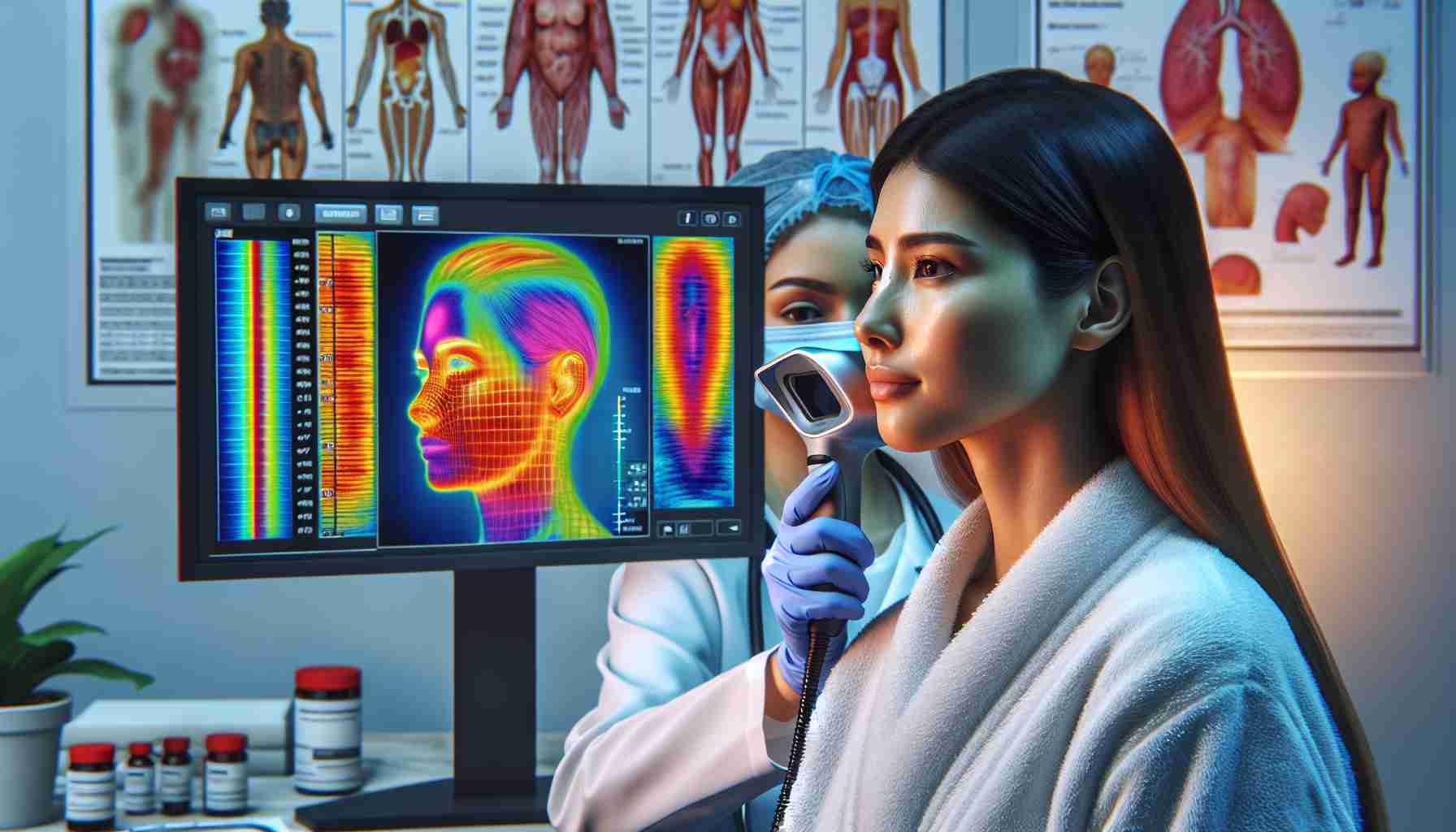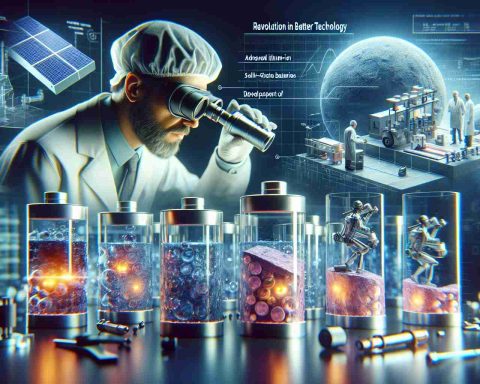Cutting-edge technology has paved the way for a groundbreaking method in healthcare that assesses individuals’ health status and aging rate through analyzing facial temperature.
Scientists have developed an innovative approach in the healthcare sector using artificial intelligence systems to diagnose conditions by scanning only the face. By examining temperature changes in various facial regions, researchers have identified correlations between temperatures and diseases.
Extensive Study and Analysis
Reported in the latest news, researchers captured thermal images of approximately 2,800 Chinese participants’ faces, pinpointing 54 spots on these images. In addition to marking 486 points on standard photos of participants aged between 21 to 88, the team conducted thorough comparisons among faces.
Significance of Organ Temperature in Disease Diagnosis
The artificial intelligence model, trained with thermal data during the study, predicted participants’ biological age by assessing temperatures in different facial areas. The research team discovered that the nose and cheeks tend to cool as individuals age, providing valuable insights for disease diagnosis.
Successful Disease Diagnosis with ThermoFace
The newly developed method, named ThermoFace, revealed that individuals with metabolic conditions exhibit warmer skin around the eyes, indicating accelerated thermal aging. Moreover, the artificial intelligence model identified that high blood pressure manifests with warmer cheeks.
Pioneering Healthcare Innovation
Leading the study, Jing-Dong Jackie Han emphasized the strong correlation between thermal patterns and metabolic diseases. ThermoFace is designed to diagnose diseases solely by measuring facial temperature without the need for complex tests or blood samples.
Highlighting the potential to support healthy aging and disease prevention, Jackie Han expressed optimism about ThermoFace’s future applications in hospitals for early disease detection, aiming to revolutionize healthcare practices.
The Expanded Impact of Facial Heat Analysis in Healthcare
As the utilization of facial heat analysis in healthcare continues to gain momentum, additional crucial aspects have come to light, raising new questions and considerations within the medical community. Here are some key updates to the revolutionary impact of this technology:
Deep Learning Algorithms Enhancing Diagnostic Capabilities
One interesting advancement in the field involves the integration of deep learning algorithms to refine the analysis of facial temperature patterns. These algorithms allow for more precise identification of subtle temperature variations that may indicate underlying health conditions. How are these algorithms trained, and what data sets are used to optimize their accuracy in disease detection?
Unveiling Potential Psychological Health Indicators
Recent studies have indicated a potential link between certain psychological conditions and distinctive facial heat signatures. Understanding how emotions and mental well-being can influence facial temperature variations could open up new avenues for early detection and intervention in mental health disorders. What are the implications of incorporating mental health assessments into facial heat analysis, and how accurate are these predictions?
Ethical Considerations in Utilizing Facial Heat Data
With the growing collection of sensitive biometric data through facial heat analysis, concerns have been raised regarding patient privacy and data security. What measures are being taken to ensure the ethical use and protection of individuals’ facial temperature information, particularly in light of increasing data breaches and misuse of personal data?
Advantages and Disadvantages of Widely Implementing ThermoFace
While ThermoFace shows great promise in revolutionizing disease diagnosis and healthcare practices, it also presents challenges that need to be addressed. One advantage is the non-invasive nature of the method, which reduces patient discomfort and offers a quick, efficient diagnostic tool. Conversely, potential drawbacks include the reliance on accurate temperature readings and the need for extensive calibration to ensure reliable results. How can healthcare providers overcome these challenges and integrate facial heat analysis seamlessly into existing medical protocols?
In exploring these emerging facets of facial heat analysis, it is evident that while the technology offers tremendous potential for improving healthcare outcomes, careful considerations and proactive measures are essential to navigate the complexities that accompany its integration into clinical practice.
For further information on the advancements in this field, please visit HealthTech Magazine.

















